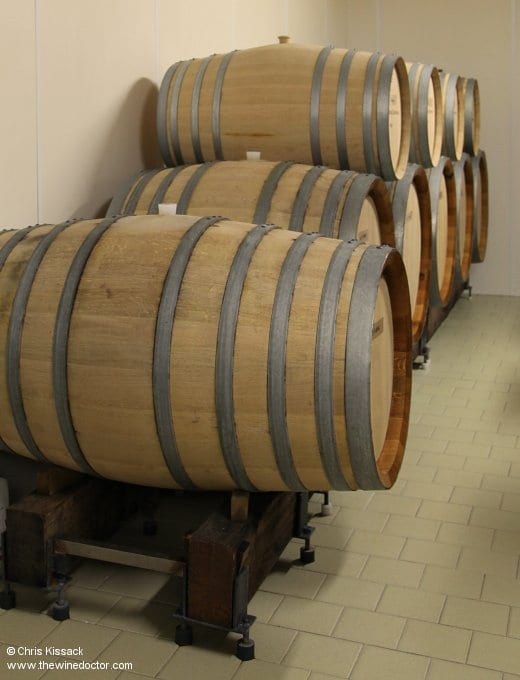Didier Dagueneau: Wines
The picking is effected by hand, unlike the majority of domaines in the appellation, where machine harvesting remains quite common. At the time of harvest, correct maturity is ensured by making several passes through the vineyard, the ripeness assessed by tasting rather than technical analysis. As I have already stated the work is completed by not only a team of full-time employees but also the saisonniers who show great loyalty to the domaine, returning year after year, most probably a consequence of the very fine fare Didier would always serve, often rustled up by a visiting chef. Depending on the harvest, the team will consist of between thirty and sixty pickers, for just a dozen-or-so hectares of vines, which they pick over a two-week period. It is an impressive commitment and quality.
The fruit is transported to the facilities in Saint-Andélain, which were constructed in 1989. Here the harvested fruit goes into plastic bags which are then lifted onto a steel sorting table situated on a first-floor balcony above the steel vats. The fruit is sorted and then pressed, before the juice is ran downstairs into the vats for the débourbage, or settling, at a low temperature. Louis-Benjamin adds no clarifying enzymes at this point. Once settled, the moderately clarified juice is then un off, again by gravity, into barrels for the alcoholic fermentation. I once wrote that neither Didier nor Louis-Benjamin have had any consistent attitude to yeast, which reflected a history of trying both methods. Nevertheless I think to say this is the case now would be untrue, as Louis-Benjamin professes to use only indigenous yeasts for the fermentation.

Please log in to continue reading:
